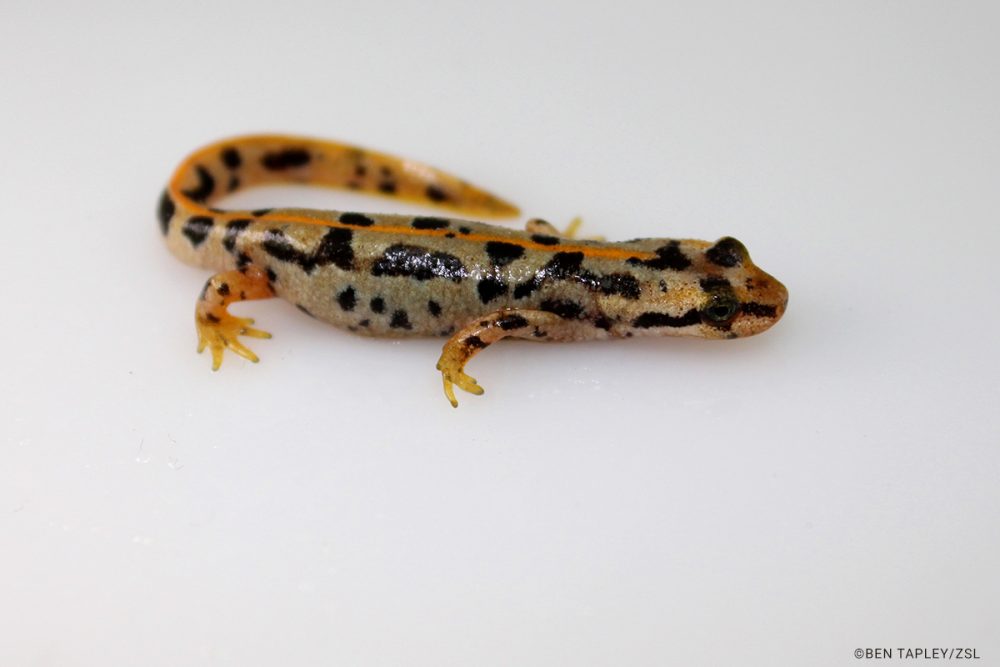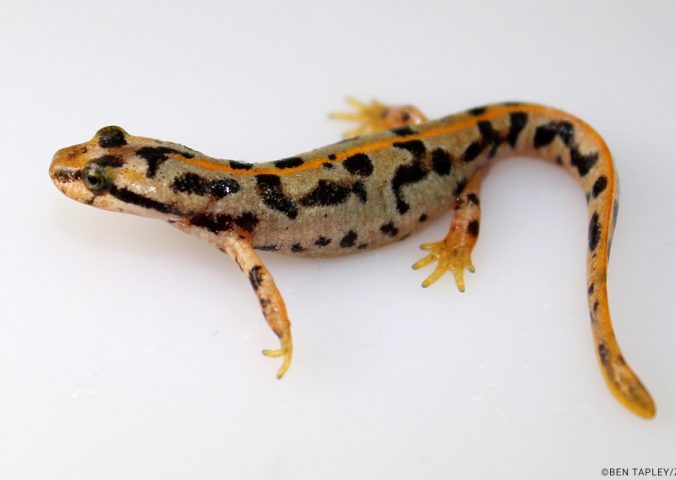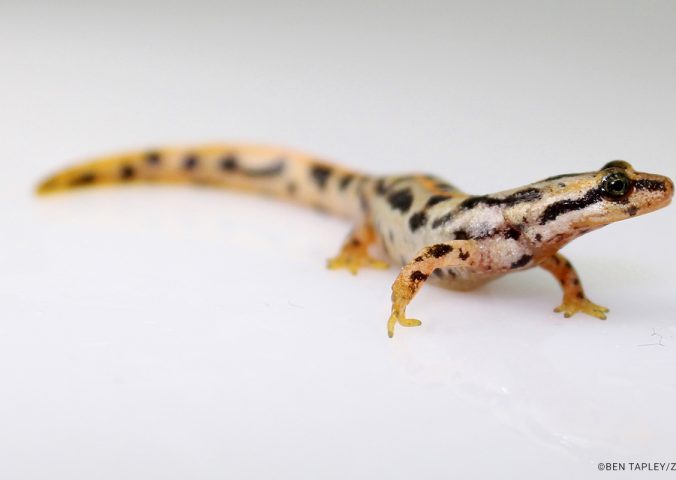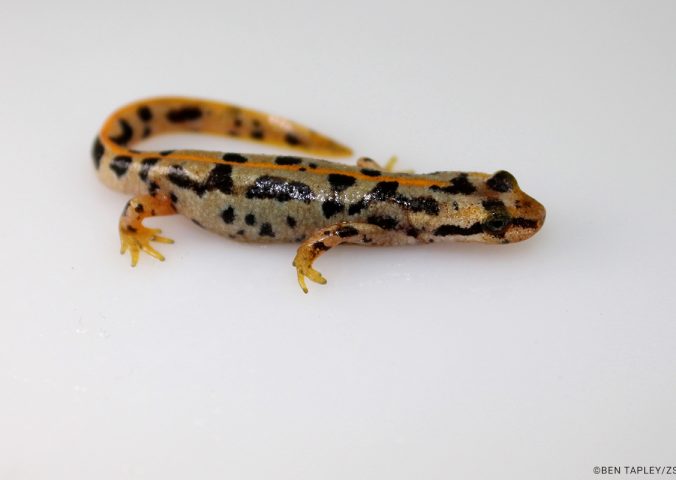About
The Sardinian brook salamander is endemic to Sardinia, Italy, and is often found living in cave systems.
This salamander is generally rare, although it can be locally abundant in suitable habitats, with records of more than 400 specimens being found in a single pool. It prefers calm stretches of water, and has even been found in caves. The species breeds in permanent bodies of water, and often buries its eggs in sand. It is believed that the sex ratio is largely male.
The Sardinian brook salamander is part of the Salamandridae family, which diverged from all other salamander lineages around 150 million years ago, in the Late Jurassic period. This family of salamanders emerged under the feet of dinosaurs, 85 million years before their eventual extinction!
This species is now under threat from the water pollution, habitat fragmentation, predation by introduced trout, and drought. Worryingly, at least one population is now known to be affected by Chytridiomycosis and is in decline.
This species is protected by regional legislation and The Gola di Gorroppuu has been designated as a Site of Community Importance. A number of populations live in established or planned protected areas, including Parco Regionale Sette Fratelli. This species is highly adaptable and can be found in artificial pools.
- Order: Caudata
- Family: Salamandridae
- Population: Rare
- Trend: decreasing
- Weight: Unspecifie
EDGE Score
Distribution
This species found in Sardinia, Italy, on the eastern part of the island, between the Limbara Mountains and the Sette Fratelli Mountains. It is found at elevations between 50-1,800 metres above sea level.
Habitat and Ecology
This is a montane species, living in permanent or temporary stagnant and running waters. Its terrestrial habitats are riverine scrub or woodland, and may also be found in cave systems. Its breeding sites are permanent pools, water holes, lakes and streams. Eggs are deposited between stones or in sand.



